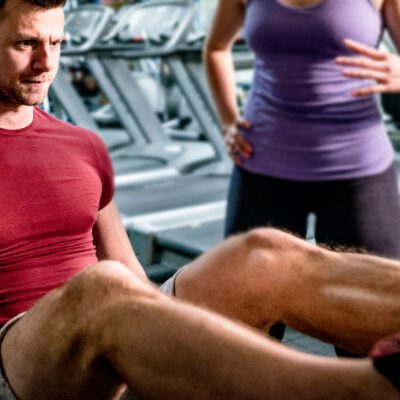If you’re a side sleeper on the hunt for a new mattress, finding the right brand, feel, and level of support can be really tricky. It can be enough to make you wish for a standard-issue bed that somehow magically suits all manner of side sleepers (which, sadly, science has yet to provide). “There is no one type of mattress that’s best for everyone,” Naimish Baxi, MD, a physiatrist at Hospital for Special Surgery in Paramus, New Jersey, tells SELF. He adds that it may take some trial and error to find the right mattress for your needs as a side sleeper, but there are a few features that you can look for that’ll make your search easier—and your nights much more restful.
What firmness level should side sleepers look for in a mattress?
Unlike stomach sleepers and back sleepers, side sleepers usually benefit from a mattress that will accommodate the added weight placed on their shoulders, hips, and knees. “For side sleepers, mattresses with some amount of give can be optimal to alleviate pressure through the hip and shoulder,” Dr. Baxi says.
“The right mattress should make you feel like you are floating on air,” Steve Zhou, MD, previously told SELF. In other words, you don’t want to sink, but you don’t want to feel like your body is pushing against the mattress either. Finding a bed that strikes that balance will come down to personal preference, but as Gerard Girasole, MD, a board-certified orthopedic surgeon, previously told SELF, a medium-firm mattress is a good place to start for side sleepers.
A too-firm mattress that doesn’t conform to your body can create uncomfortable pressure points, and a too-soft mattress can affect spinal alignment and put pressure on your lower back, hips, and shoulders. In case you’re upgrading all of your bedding in addition to getting a new mattress, the right pillow can also enable healthy spine alignment and prevent shoulder pain, as SELF previously reported. The best pillows for side sleepers are firmer and taller, and they provide space for their head and neck to stay aligned over their shoulder.
What materials are best for mattresses for side sleepers?
Dr. Baxi says either an all-foam or hybrid mattress can work well for side sleepers, providing that its firmness suits you. The former solely consists of layers of memory foam, and the latter features both foam and a system of innerspring coils. Naturally, they’ll each have a different feel. Memory foam mattresses are usually softer than mattresses with springs. They help with motion isolation, which is great if you share your bed with someone, but they also tend to trap body heat, which is not so great if you share your bed with someone (hot sleepers who love foam, look for a mattress made with cooling-gel memory foam).
Hybrid mattresses, particularly ones with pocketed coils, contour to your body weight without letting you sink into the bed, which is great if you’re looking for a balance of cushioning and responsiveness. They also have a little more to offer in the way of temperature regulation.
With these general recommendations in mind, we’ve highlighted some of the best mattresses for side sleepers on the market right now, from luxurious retailers like Saatva and beloved bed-in-a-box mattress brands like Casper, Nolah, and DreamCloud (many of which come with generous, risk-free trial periods). Read on to find the best side-sleeper mattresses that can help you get a good night’s sleep with dramatically less joint and lower-back pain.





